Top 4 Things to Know Before Buying a Corrugated Raised Garden Bed
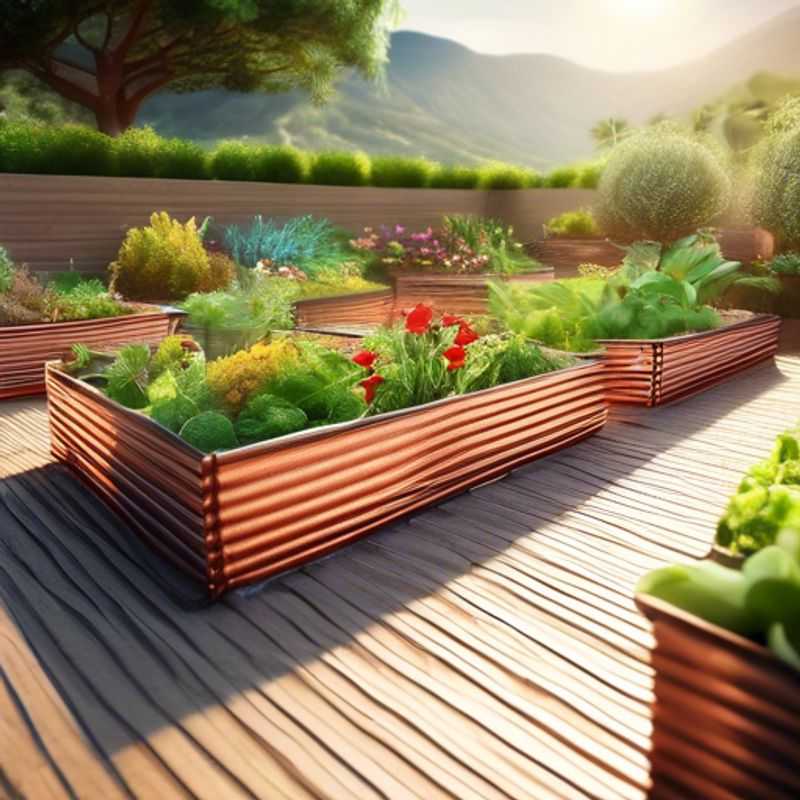
4 Crucial Considerations Before You Buy a Corrugated Raised Garden Bed
Before diving into the exciting world of corrugated raised garden beds, it's crucial to understand a few key factors that will ensure you make the right purchase for your needs. Let's break down the top four things you need to know before buying your corrugated raised garden bed:
1. Size and Dimensions: It may seem obvious, but the first step is to consider the size and dimensions of the raised bed. Measure your available space and visualize the bed's footprint in your garden. Think about the type of plants you want to grow and how much space they require. A well-planned size will ensure you have ample room for your plants while also fitting seamlessly into your landscape.
2. Material and Construction: The material and construction quality of the raised bed are critical for its durability and longevity. Corrugated plastic is a popular choice due to its strength and resistance to weather elements. However, it's essential to examine the thickness and quality of the material to ensure it can withstand the weight of soil and the force of wind and rain. Look for reinforced edges or ribs for added structural integrity.
3. Assembly Process:
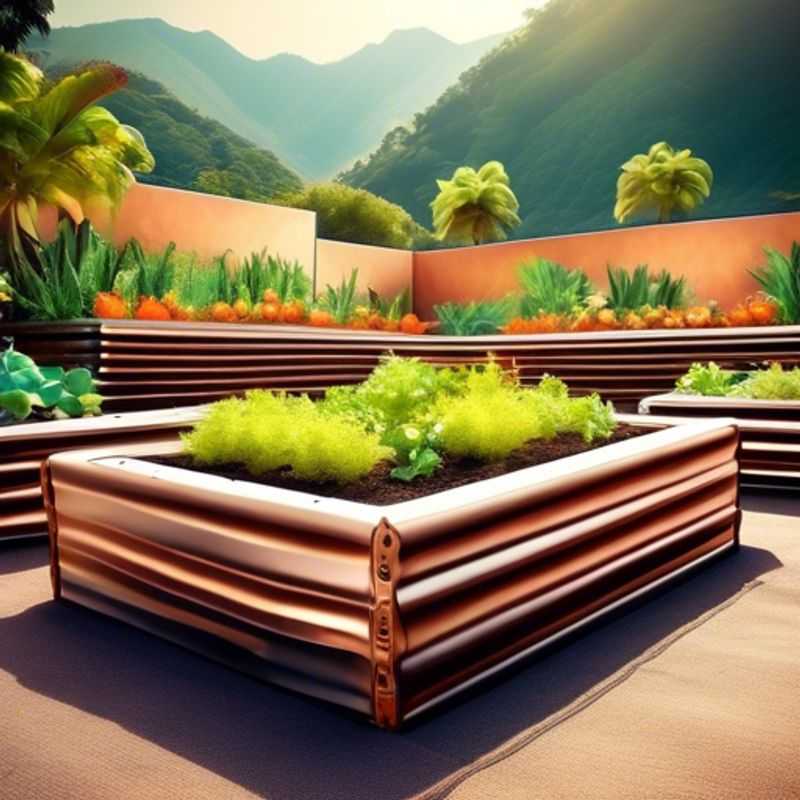
Sizing Up Your Success: Choosing the Right Raised Garden Bed Dimensions
Planning a raised garden bed? It's crucial to get the size and dimensions right, ensuring it comfortably fits your available space. Measure your intended location carefully. Consider the width, length, and height you desire. Also, factor in the width of the walkway around the bed. You'll need enough room to move freely and easily access your plants.
Think about the type of plants you'll cultivate. Tall plants, like tomatoes or sunflowers, require more height. Choose a bed depth that's suitable for the plants' root systems. For most vegetables and herbs, a depth of 12-18 inches is usually sufficient.
Once you know the size and dimensions, you can start planning the materials needed and estimating the cost. Materials such as lumber, metal, or concrete will vary in price. You might also need to factor in the cost of soil, compost, and any additional features like trellises or watering systems.
Remember to check local building codes and regulations. They may have restrictions on the size and materials of raised garden beds. It's best to be informed before you begin.
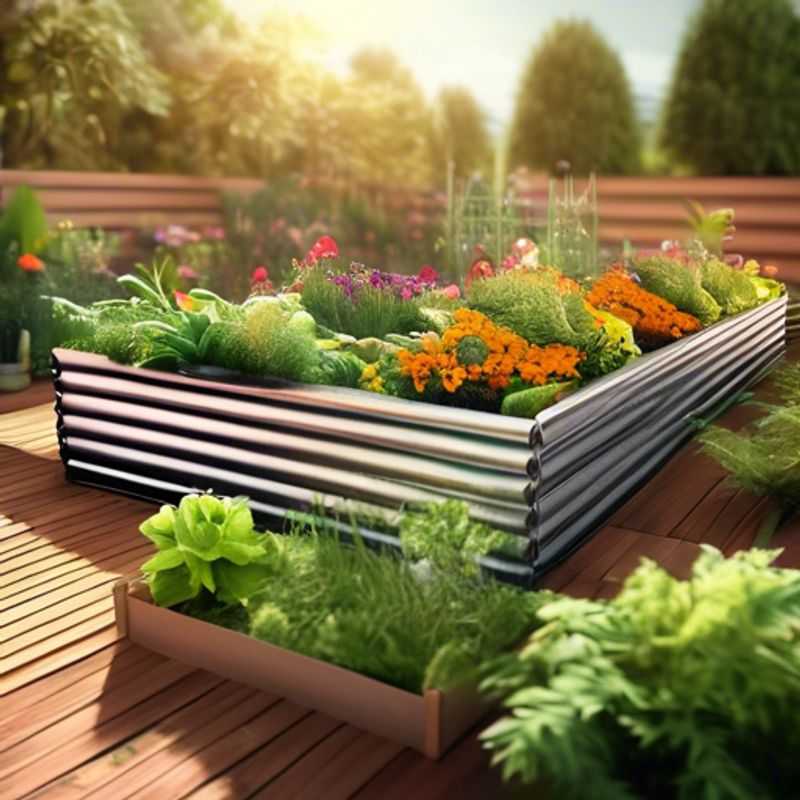
Building for the Long Haul: Material and Construction Quality for Durability
When considering the material and construction quality of a product for durability and longevity, there are several key factors to keep in mind. First, choose materials known for their strength and resilience. This might include metals like stainless steel, durable plastics, or even specific types of wood known for their resistance to warping or decay. Second, pay attention to the construction methods used. Look for well-designed joints, secure fastenings, and a construction process that minimizes stress points. This can often involve paying a bit more upfront, but it can save you money in the long run by preventing early wear and tear. Remember, investing in quality materials and construction can lead to a product that lasts longer, requiring fewer replacements and ultimately saving you money over time.
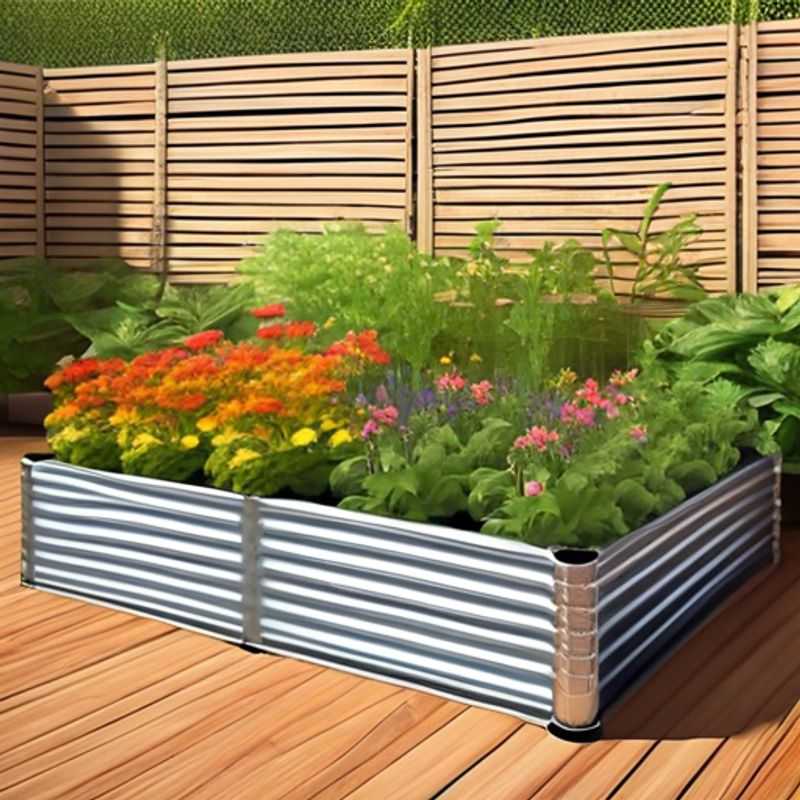
Know Before You Build: Demystifying Assembly and Tool Requirements
Before embarking on any assembly project, it's crucial to familiarize yourself with the assembly process, required tools, and hardware. This step ensures a smooth and successful assembly experience, reducing the chances of errors and frustration.
Start by carefully reviewing the assembly instructions. These instructions typically include a step-by-step guide, diagrams, and any necessary warnings. Pay close attention to the sequence of steps, as deviating from the order can lead to issues.
Identify all necessary tools and hardware. The instructions should list the required tools, such as screwdrivers, wrenches, and possibly specialized tools. Make sure you have all the tools readily available before you begin. Additionally, ensure you have the correct hardware, including screws, nuts, bolts, and washers. This will prevent unnecessary delays and potential compatibility issues.
Prepare your workspace. Choose a clean, well-lit area with sufficient space to spread out all the parts and tools. A stable work surface is important, as it provides a secure environment for assembling components.
Take your time and work carefully, following the instructions step by step. Avoid rushing, as this can lead to mistakes. If you encounter any difficulties, review the instructions and try again, or consult online resources for assistance.
By following these simple steps, you can ensure a smooth and efficient assembly process, resulting in a successful and functional product.
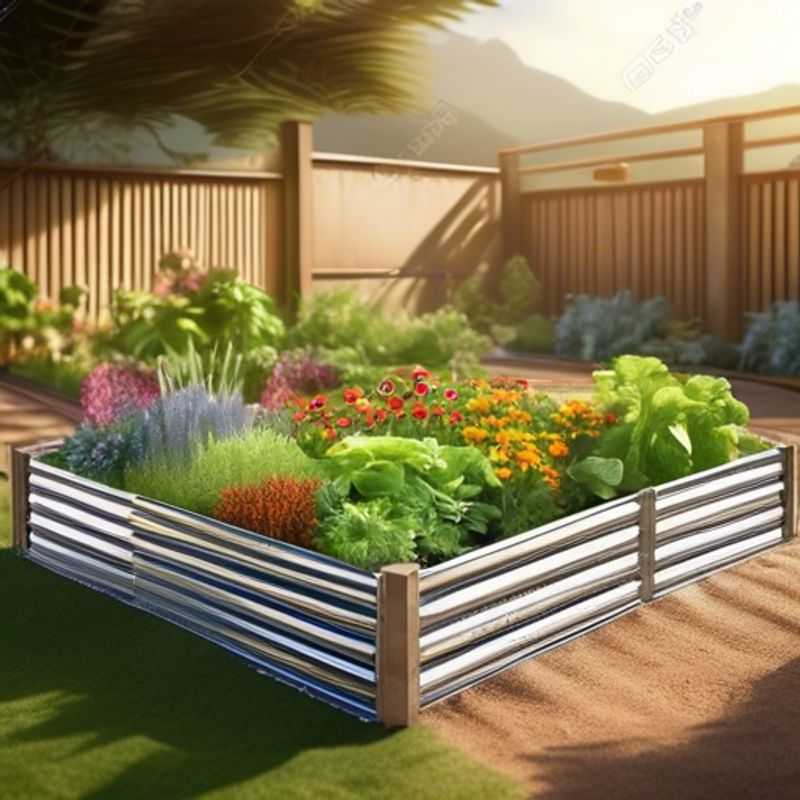
Building Your Raised Bed Success: Understanding Soil Depth and Drainage
Before building your raised bed, it’s crucial to understand the soil depth requirements and drainage capabilities of your design. Soil depth directly impacts plant growth. Most vegetables need at least 12 inches of soil depth, but some, like root vegetables, need 18 inches or more. Drainage is equally important, preventing root rot and ensuring healthy plants. A well-designed raised bed should allow excess water to drain away quickly.
Consider the type of plants you intend to grow, as their specific needs may influence the soil depth and drainage design. You can consult gardening resources or plant specific guides to learn more about their requirements. To ensure proper drainage, choose a location with good soil drainage, or incorporate materials like gravel or drainage pipes into your bed’s construction. For efficient and economic construction, consider re-using materials like pallets, bricks, or even recycled plastic. Remember to research the soil depth and drainage capabilities of your specific design, and adapt your raised bed to meet the needs of your plants. Investing in a well-planned raised bed will save you time and money in the long run.
